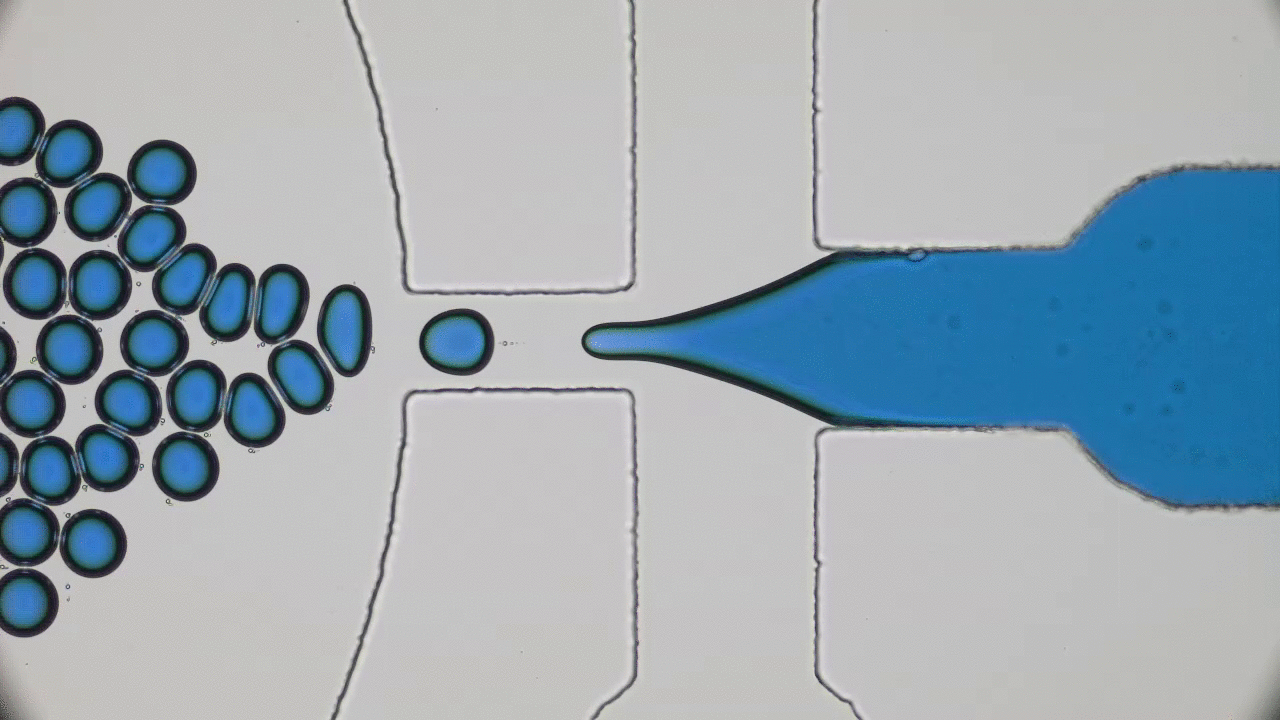You know how sometimes you tell to yourself things like “life is complicated”? Theoretical physicists are constantly reminded of this fact when studying living organisms. Recently, a new field of physics has emerged, inspired by the observation of living systems. What forces do cells exert during metastasis in cancer? What are the growth dynamics of biofilms of bacteria? How can a school of fish organize itself and move simultaneously? These are questions raised in the physics of active matter. Active matter is an assembly of objects able to move freely and capable of organizing into complex structures by consuming energy from their environment. Active matter can be composed of living or artificial self-propelled particles.
From errant to coherent motion
Have you ever seen those wide shapes moving in the sky at dawn, made of thousands of starlings, or the swarms of fish swimming in the ocean (see Figure 1)? The ability to organize and move in groups without a leader is called collective motion and has been observed at various spatial scales in the living world, from birds to locusts, cells, and bacteria.



